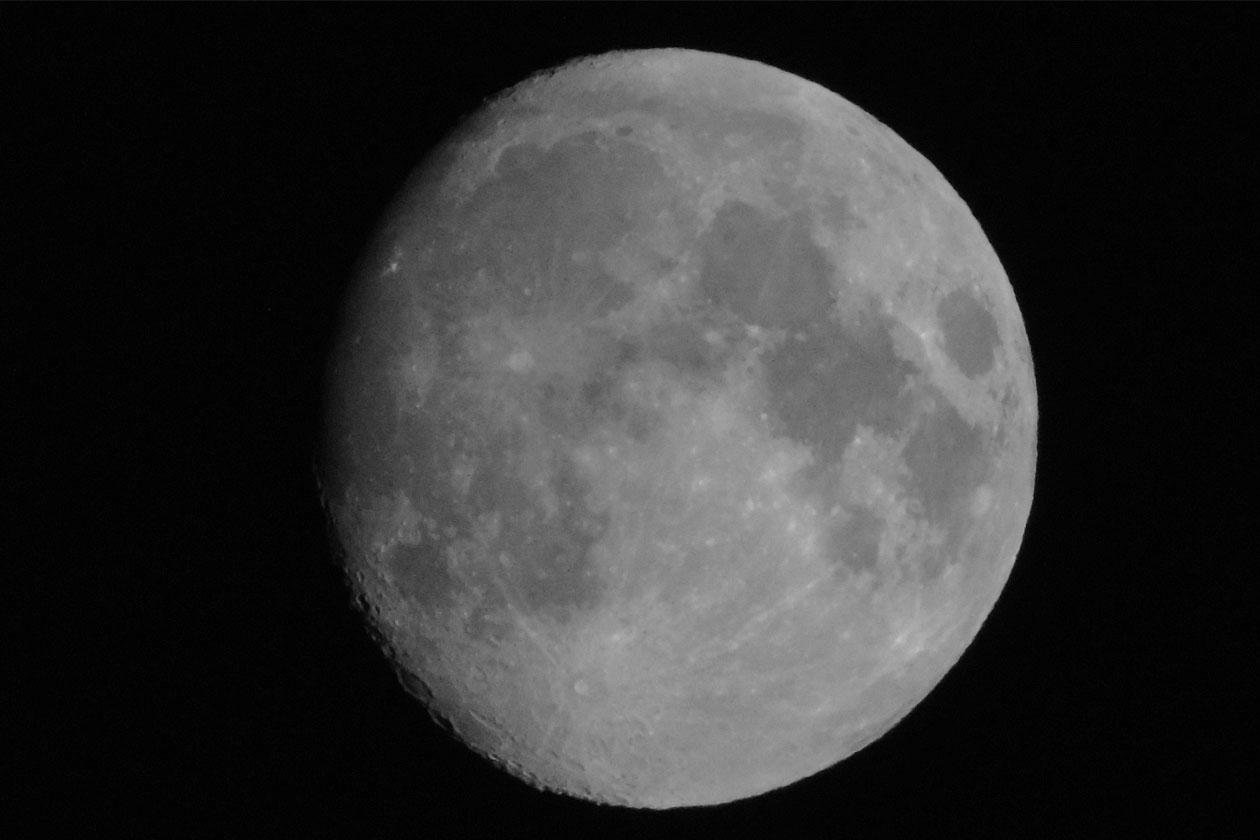Y: Hey Don, in 2020 a team of American scientists reported the first remotely sensed evidence of the mineral hematite on Earth’s moon. The researchers made their discovery with a NASA instrument aboard the Indian space agency’s Chandrayaan-1 spacecraft orbiting the moon.
D: But Yaël, hematite is iron oxide—rust. How could that be? Iron needs to be exposed to oxygen and water to form rust, and there is almost none of either on the moon. The samples the Apollo astronauts brought back contained metallic iron with no trace of rust.
Y: All of the Apollo landing sites were near the moon’s equator, and these latest findings indicate rust near the moon’s poles. There are trace amounts of water molecules across the moon’s high latitudes, and possibly accumulations of ice in some places near the lunar poles.
D: OK, that explains the tiny amounts of water needed, but what about the oxygen?
Y: Well, there is a planet with oxygen in its atmosphere nearby—Earth. Researchers found more hematite on the side of the moon that always faces Earth than on the far side.
D: But Earth is a quarter of a million miles away from the moon.
Y: The researchers think that tiny amounts of oxygen from Earth’s atmosphere are carried to the moon by the “wind” of charged subatomic particles emanating from the sun. Because of this wind, the Earth’s magnetic field has a “tail”, a bit like a comet’s tail. Tiny amounts of oxygen could be carried along this tail by the solar wind to the moon. Slowly, over billions of years, researchers think this oxygen from Earth could have produced rust on the moon.










